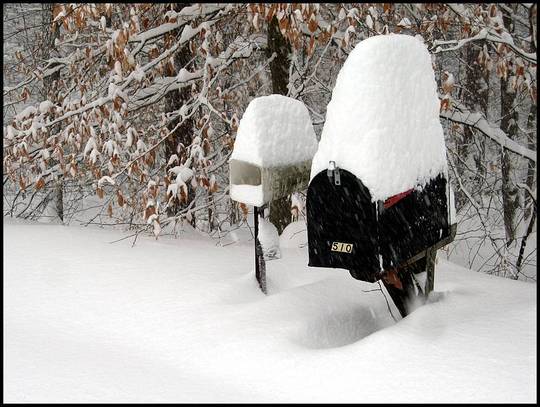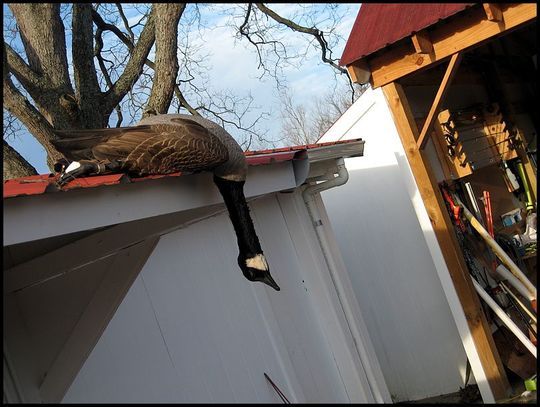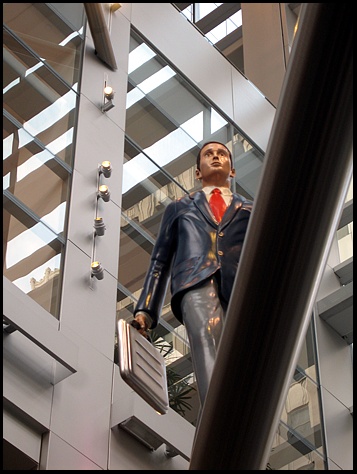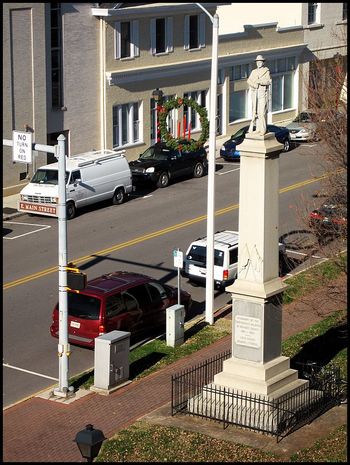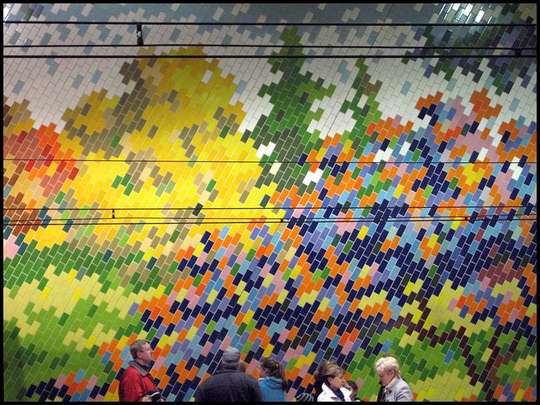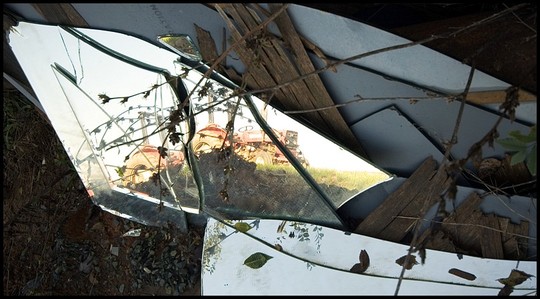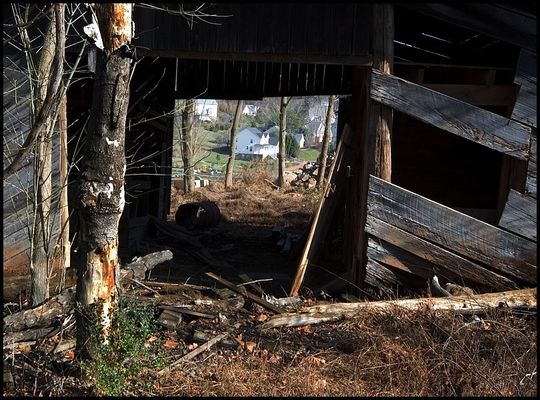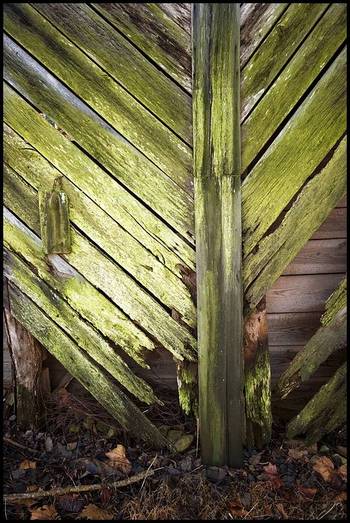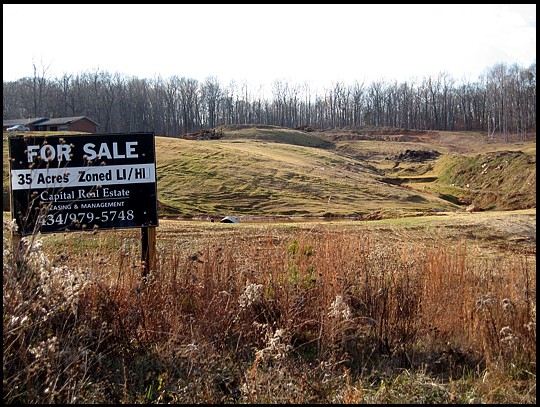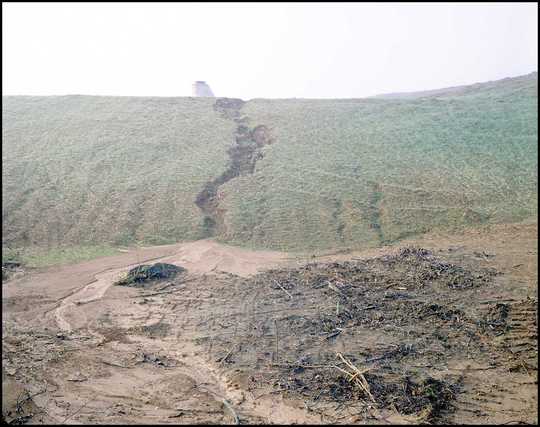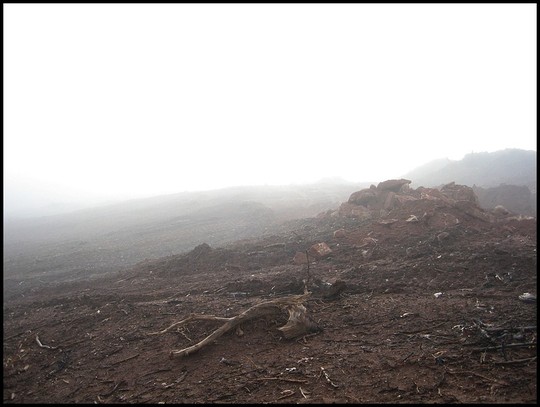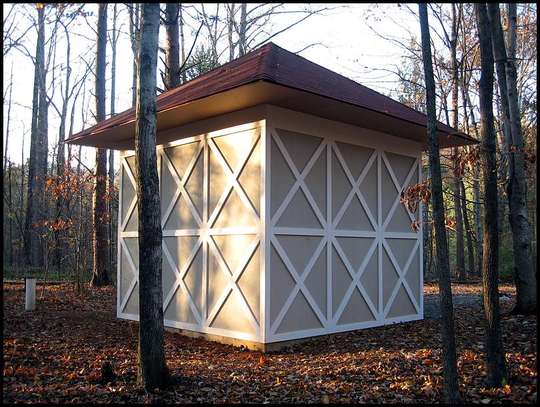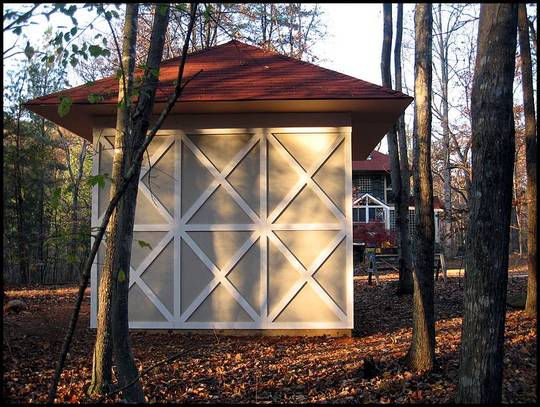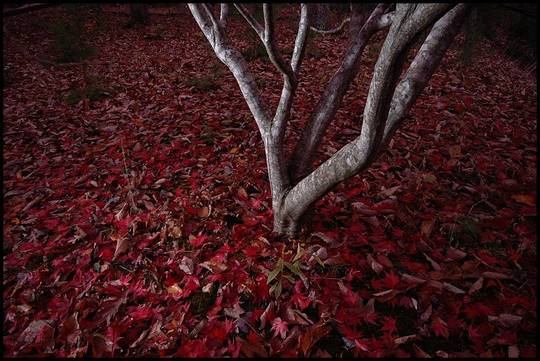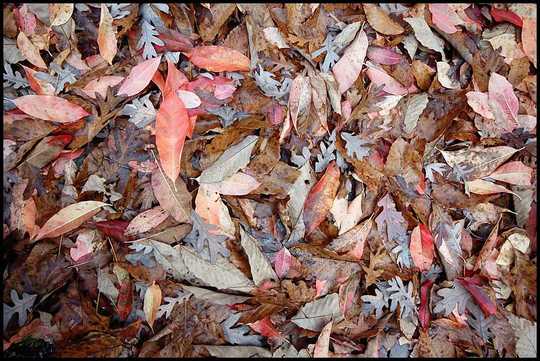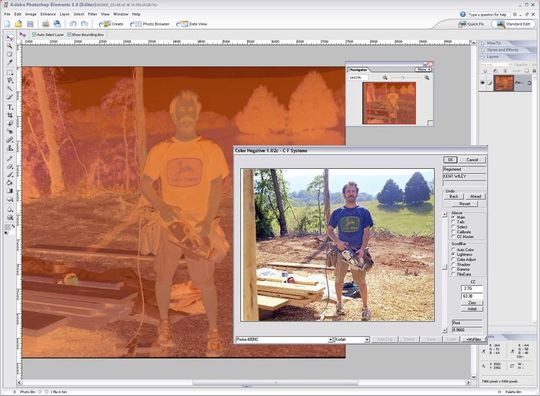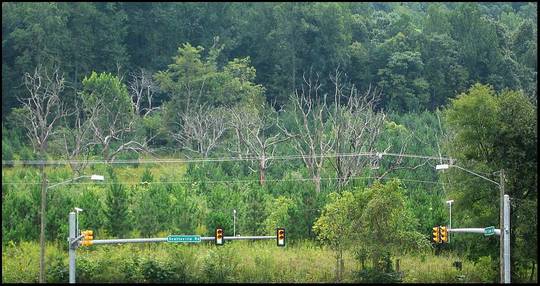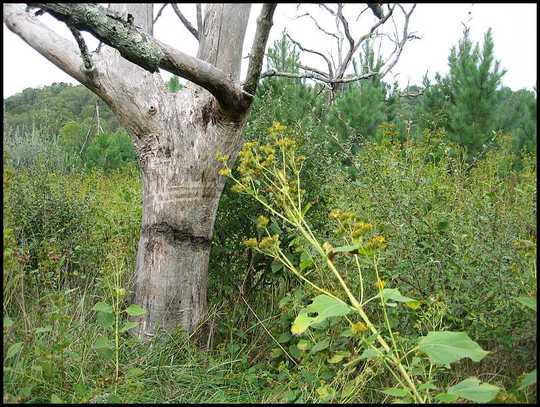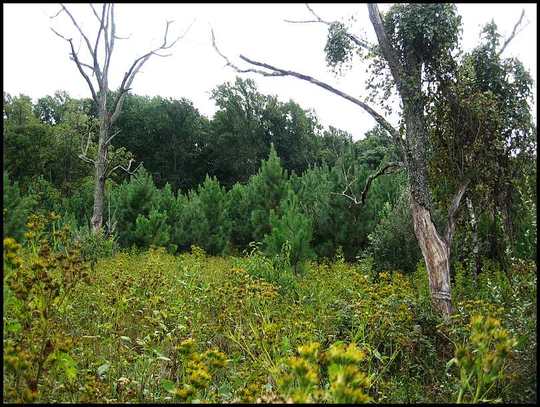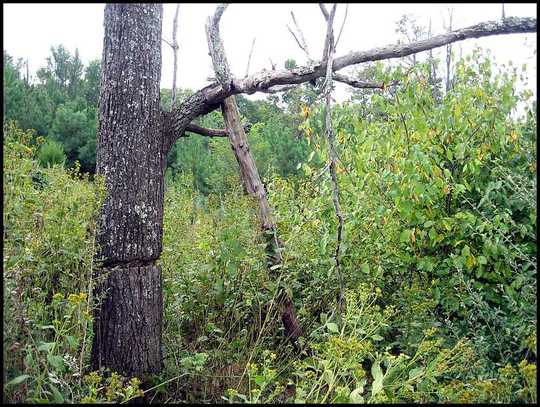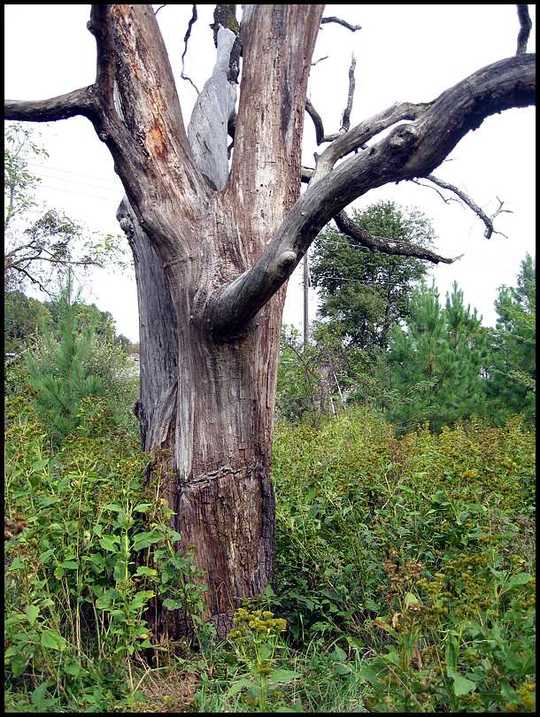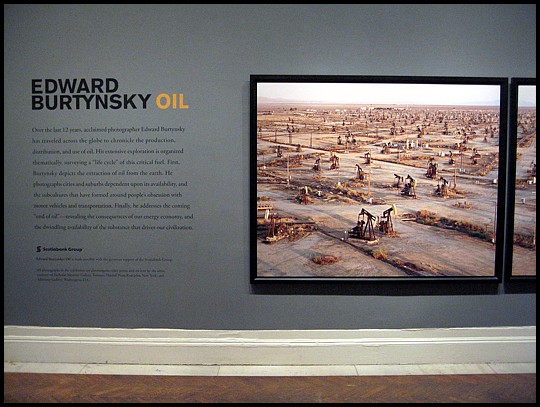
The latest Burtynsky exhibit, Oil, is currently installed in the Corcoran Gallery of Art, in Washington D.C. Leaving the fam on the train for their long weekend in NYC, I walked across the city to the gallery to see this collection of phenomenal and extremely unsettling photographs, which is on display until December 13.
I'll admit to being hugely influenced by Burtynsky's work. Not all the images in the show are new, as they represent twelve years of his work from around the world, newly organized into a more potent theme than they have been grouped before. All his images represent massive consumption of resources, often showing the land from which the raw materials for the goods of our lives are extracted. Here there are two rooms of images from the oil fields in California west of Bakersfield around Belridge and Taft, and the oil sands of Fort McMurray, Alberta, Canada, along with oil refineries in Houston, Texas and elsewhere.
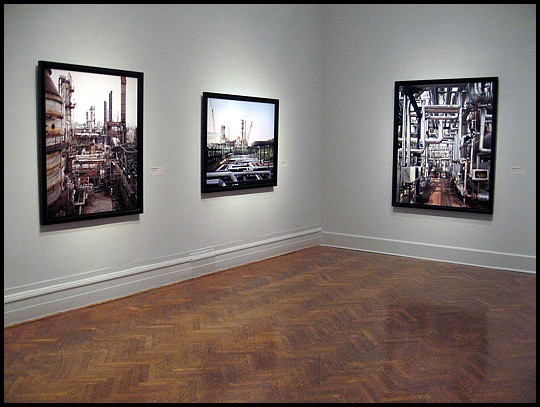
From extraction and processing, he moves to consumption and motor culture, with mostly aerial images of highway interchanges, vast fleets of new automobiles awaiting distribution, and Las Vegas suburban sprawl stretching to the mountains at the horizon. Two fascinating landscape photos of motor culture show a motorcycle rally in Sturgis, South Dakota. One is in the center of town from an elevated perspective with thousands of motorcycles stretching to the horizon. The other is later that same day, a classic landscape of the surrounding mountains on the horizon, a beautiful evening sunset lighting the sky, the foreground filled with cars and bikes in the parking lot of a Kiss concert.
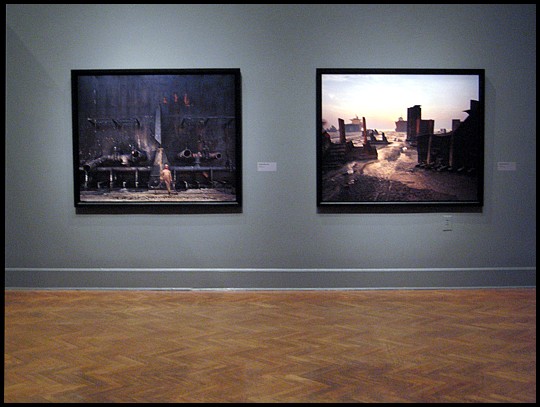
The final section is what Burtynsky terms "the end of oil." It consists of images of shattered oil fields in Azerbaijan, aircraft junkyards, the Oxford, California tire pile, massive collections of recycled oil filters and metal drums, and finally the oil tanker ship breaking operations in Bangladesh.
Much of this has been seen before in Manufactured Landscapes, but it's my first exposure to the large scale prints that Burtynsky creates for his large format photographs. The amount of detail can be overwhelming, as when I stood in the corner of one gallery and surveyed the images of the tire pile and densified oil filters and oil barrels and had to catch my breath at the sheer magnitude of the consumption. In another era, it would have been our awe at the sights of the Grand Canyon. Now our feelings of the sublime are wonder and guilt, in equal measures, at the use – and disposal – of so many natural resources.
It has been objected that Burtynsky's photographs are a gee whiz wonder at an exceptional phenomena. No doubt his production budgets are substantial, and in order to make it worth his while, he endeavors to find the biggest and most extreme example of whatever resource usage he wants to document. But the fact remains that these excessive conditions do exist, and on a global level are even more extreme than Burtynsky can document.
See the exhibit if you can, or look at his books. They are an uncomfortable reminder that nothing we do on this planet is without consequences, and when aggregated on a global scale, they become profound consequences.
All works hung on walls are by Edward Burtynsky.
 Tuesday, December 22, 2009 at 09:48PM
Tuesday, December 22, 2009 at 09:48PM  KMW |
KMW |  2 Comments |
2 Comments | 

